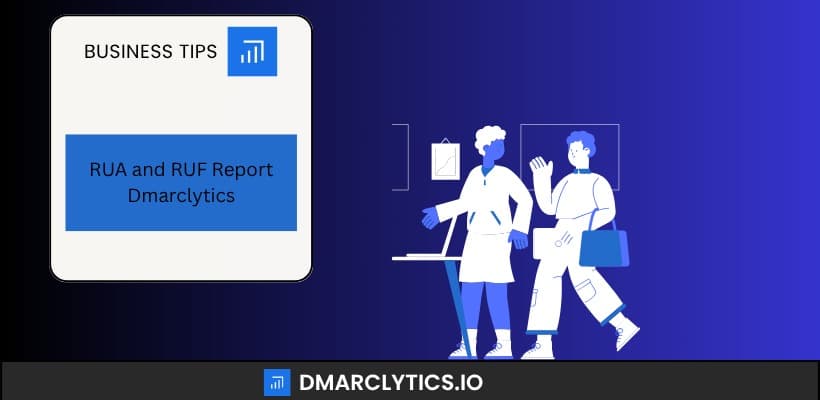FEATURED
Blog
Expert Insights
Quick tips, smart tricks, and expert takes to level up your email security game.
FEATURED
How To Setup DMARC and What's the purpose of DMARC
The crucial email authentication strategy known as DMARC guards against malware and email impersonating attempts. When you set it dmarc record up thoroughly, you can monitor and enhance email deliverability and security while ensuring that only consented to senders can use your domain to transmit emails. The promised content of DMARC is to make emails safer by providing visibility through DMARC report analyzers. Improving sender authentication with SPF generators. Improving email content security with safe link checkers. It extends SPF and DKIM by incorporating a layer of authentication based on the "From:" domain. DMARC instructs recipient email servers what to do with emails that fail SPF or DKIM tests, allowing domain owners to designate whether to reject, quarantine, or allow delivery of such emails.

RUA and RUF in DMARC
DMARC includes more than simply setting up DMARC policies and providing records. You must learn how it operates and determine whether your record requires any promotions or downgrades. Adding RUA and RUF tags to a record and then the email addresses you choose to receive these reports is how this thorough examination is carried out. RUA and RUF are two kinds of reporting mechanisms in DMARC (Domain-based Message Authentication, Reporting, and Conformance) that assist domain owners in keeping an eye on how their email is being used or abused.

How to Set Up the DMARC Policy for Quarantine or Rejection
Your domain does not have a DMARC policy configured to either quarantine or reject non-compliant mail, as shown by the warning "DMARC quarantine reject policy not enabled." Many other providers issue identical warnings when your DMARC policy is not robust enough, even though mxtoolbox.com is the source of this precise wording.

How does DMARC be Affective?
In order to comprehend how DMARC works, you should be conscious that it requires either an SPF or DKIM record, probably both. When an email becomes available, the receiving server performs a DNS (Domain Name System) lookup to see if there is an existing DMARC record.

